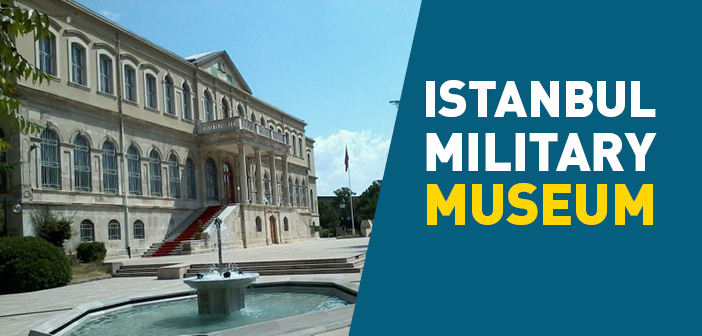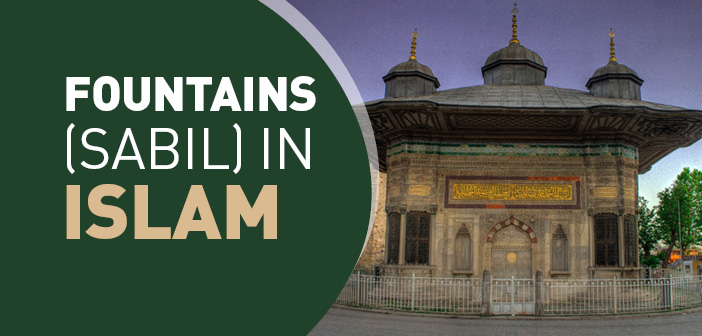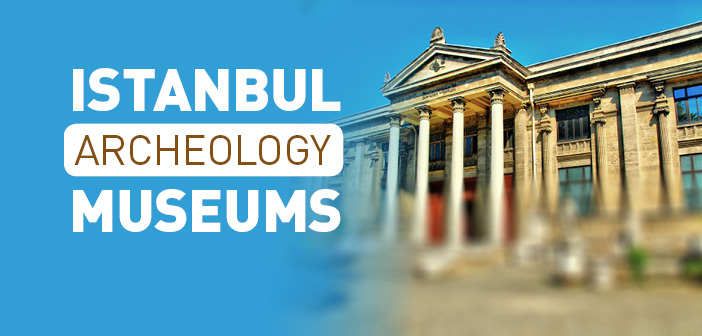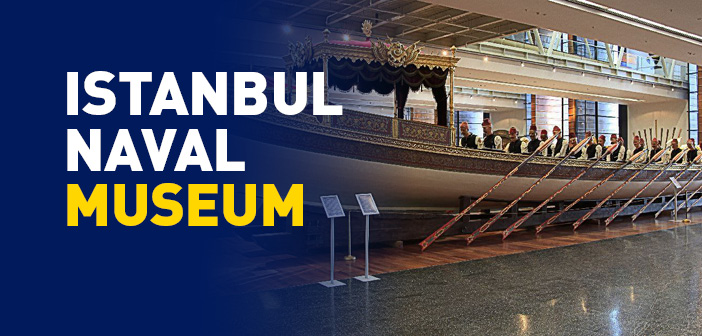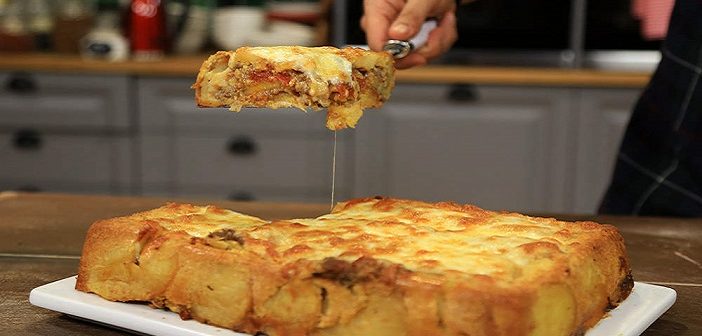
Historical Fountain of Istanbul
What are the historical fountain in istanbul? Fountains and sabils in istanbul...
Sultan Ahmet III Public Fountain
This fountain located in front of Bab-ı Hümayun, i.e. the gate entrance of Topkapı Palace, is the most beautiful example of Ottoman square fountain architecture and one of the symbols of Istanbul. The fountain which is one of the most beautiful architectures of Tulip Period was constructed by Head Architect Mehmet Ağa in 1729. There are faucets on the oval corners of the fountain.
The twenty-eight couplet ode engraved around the fountain was written by Poet Seyyid Vehbi to praise the beauty of the fountain.
On the side of the fountain which faces Ayasofya (Hagia Sophia) Mosque, the following lines are written:
Tarihi Sultan Ahmed’in cari zeban-ı lüleden
This fountain speaks to you in the verses of Sultan Ahmed
Aç Besmeleyle iç suyu Han Ahmed’e eyle dua
Turn on the tap in the name of Allah (s.w.t), Drink water and pray (Allah) for Sultan Ahmed.
Sultan Ahmet II was both the author and the calligrapher of these lines. When the letters of the second line are added according to abjad system, it reveals the hijri year of the construction of the fountain (1141 AH).
Edmondo de Amicis, an Italian man of letters, was maybe the one who expressed his feelings best among the foreign travelers who were astonished by the beauty of this fountain. He said about the fountain:
“It is one of the richest and most original of the monuments of Turkish art. But, more than a monument, it is a jewel in marble, that a gallant Sultan placed on the forehead of his Stambouli in a moment of affection. I believe that none but a woman can describe it. My pen is not fine enough to trace its image. It does not look like a fountain at first. It is in the form of a square temple, with a Chinese roof, extending its undulating border far beyond the walls, and giving it a pagodalike appearance. At each of the four angles there is a small round tower, furnished with little grated windows, or rather four charming kiosks, corresponding to which there are, upon the roof, four slender cupolas, each one surmounted by a graceful pinnacle; the whole encircling a larger cupola in the midst…
There is not a space as big as a hand that is not carved, and gilded and embroidered. It is a prodigy of grace, richness and patience, to be kept under a glass shade j a thing made apparently not only for the eye, but which must have a taste, an odor of its own ; a jewel case, that one would like to open, and discover some pearl of price enshrined within. Time has in part dimmed the gilding, blurred the colors, and rusted the marble. What must this colossal jewel have been when first unveiled to the eye, a hundred and sixty years ago? But old and faded as it is, it still holds the first place among all the smaller marvels of Constantinople…” (Edmondo de Amicis, Constantinople, trans. by Caroline Tilton, 1894, p. 171-172; Edmondo de Amicis, İstanbul, 1874, trans. Prof. Dr. Beynun AKYAVAŞ, p. 165-166)
Sultan Ahmet III Square Fountain
Sultan Ahmet III had Head Architect Mehmet Ağa construct this fountain, which is located in Üsküdar Docks Square, in 1729. It is the twin of the famous fountain found in front of Topkapı Palace. This fountain, which had been first constructed by the seashore, was moved to its current place during the construction works in the square in 1943-1945.
The inscription on the side of the fountain facing the sea was written by Sultan Ahmet III and the famous grand vizier of the Tulip Period Nevşehirli Damat İbrahim Paşa. The inscription which was written by Sultan Ahmet III’s own calligraphy is as follows:
Dedi Han Ahmet ile bile İbrahim tarihin
Ahmed Han, together with İbrahim, said the date
Suvardı âlemi dest-i Muhammed ile cevâdullah
God’s generosity watered the world from the hand of [the Prophet] Muhammed
The inscriptions on other sides of the fountain was penned by Poet Nedim, Şakir, and Rahmi.
German Fountain
The German Fountain is located in Sultanahmet Square in Istanbul across from the Mausoleum of Sultan Ahmed I. It was constructed in 1900 to commemorate the second anniversary of the German Emperor Wilhelm II’s visit to Istanbul in 1898. It was built in Germany, then transported piece by piece and reassembled in its current site in 1900.
The fountain, which originally was planned to be opened on September 1, 1900 on the twenty fifth anniversary of Sultan Abdulhamid II’s ascendance to the throne, could not be opened because of delays and officially opened on January 27, 1901, or on the birthday of Wilhelm II.
The Neo-Renaissance style of fountain’s octagonal dome stands on eight green marble columns, and the dome’s interior is covered with golden mosaics. The Neo-Renaissance style of the octagonal fountain stands on a high floor with a staircase of eight stairs, seven brass faucets and, covering its reservoir, there is a dome which has eight porphyry columns. The exterior bronze green dome, which stands these over eight porphyry columns, and the dome’s interior surface are decorated with golden mosaics as well as with Abdülhamid II’s tughra and Wilhelm II’s symbol.
Saliha Sultan Public Fountain
This fountain, which is located in front of Sokullu Mehmet Paşa Mosque, next to Unkapanı Bridge in Azapkapı, was constructed by Mimar Mustafa Ağa in 1732.
There is a nice tale narrated about the construction of the fountain:
According to the story, a poor family living in that neighboorhood had a daughter called Saliha. When the little Saliha was filling her water pot from a fountain, the heavy pot slipped from her hands and broke. She got very sad and started to cry. Coincidentally that very moment, Sultan Mehmed IV’s wife Rabia Gülnuş Sultan was passing by and saw the little girl crying. Rabia Gülnuş Sultan came to the little girl and asked her what had happened. She wanted to give the little girl some money to buy a new pot. However, Saliha did not accept the money and said
- I was not crying for the pot but for my own bungling. I could not manage to fill the pot without breaking it.
Rabia Gülnuş Sultan liked her response, brought the girl to the palace, and raised the girl in the palace. This little girl trained in the palace later married Sultan Mustafa II and became Saliha Sultan, the mother of Sultan Mahmut I. At the place of the small fountain, where Saliha Sultan was filling her pot when she was a child, Sultan Mahmut I asked the Architect Mustafa Ağa in 1732 - 1733 to build a beautiful fountain.
The Story of a Fountain
Once there was a man named Gül (Rose) Ahmet in Üsküdar. Gül Ahmet who was a rude man contrary to his name listened to the talks in a poetry gathering. Because the poets used heteronymous or synonymous words in their poems, he said:
- These poets’ words are like rubber. It means whatever you want from them.
Although the poets who were present in the gathering were hurt by Gül Ahmet’s words, they could not say anything because of his status. However, one of them thought, “One day, I will take my revenge for what he said about us.”
Time passed and Gül Ahmet constructed a fountain. In accordance with the customs of the time, he asked the poets to write a line showing the date of construction when it was calculated by abjad system. The poet who planned to take revenge from Gül Ahmet wrote a line for the construction date of the fountain. Gül Ahmet had the line inscribed on the fountain. The line was as follows:
“Gel Gül Ahmet çeşmesinden iç gül-âb âsâ suyu” which means “Come, drink from the water of the fountain of Gül Ahmet which is rose water.” According to abjad system, the date of the construction of the fountain pointed out in this line is 910 AH or 1505 CE.
In the opening ceremony, Gül Ahmet’s friends saw the date line inscribed on the fountain and congratulated him for the construction. Then, a man among the crowd read the date line as follows:
“Gel Kel Ahmet çeşmesinden iç gilâb âsâ suyu” which means “Come, drink from the fountain of bold Ahmet which is like mud.”
Gül Ahmet, who heard this reading, got upset but did not say anything. However, then another man read the line as follows:
“Gel Kil Ahmet çeşmesinden iç kilâb-âsâ suyu” which was worse in meaning. It means “Come, drink from the water of the fountain of clay Ahmet which is like the drinking water of the dogs.” When another man tried to read the line in another way, Gül Ahmed could not stand anymore and said:
- What kind of a date line is this?
The poet responded this question as if taking his revenge:
- Sir! It is a nice date line, do not pay attention to it. These poets’ words are like rubber. It means whatever you want from them. (İskender PALA, Zaman Newspaper, July 26, 2001.)
In how much portion of the world one can find such an abundance of monuments that says even on the corners and in the middle of the streets “I am a unique fountain, a sabil, a madrasa, a dervish lodge, or a stone-school coming from the 17th century.” (Samiha AYVERDİ, İki Aşina, p. 189, 2003)
Even Animals are Happy in Istanbul
Austrian diplomat Baron W. Wratislaw who visited our country in the 16th century narrates the following,
“There are huge gardens surrounded with huge walls in Istanbul. Many cats wait on these walls for generous people to feed them. Because it is a tradition among Turks to cook tripe and offal in cauldrons, and sell it by shouting and walking around the city. You can see more than fifty or sixty dogs following the peddler. Turks distribute the food they bought from those peddlers among the dogs equally, and they do not forget to give a share to the cats waiting on the walls. Because these people who treat some manners that are not among the religious commands as Allah’s commands believe that they will gain Allah the Almighty’s pleasure and contentedness by giving food to the cats, dogs, fishes, birds, and other living creatures of God as charity. Maybe as a result of this belief, they consider killing the captured birds a big sin, and believe that they can gain Allah the Almighty’s favor by buying and emancipating them as if paying liberation money. They throw bread crumbs to the sea to feed the fish.”
Source: Harun Kırkıl, Read About and Travel Around ISTANBUL, Erkam Publications



